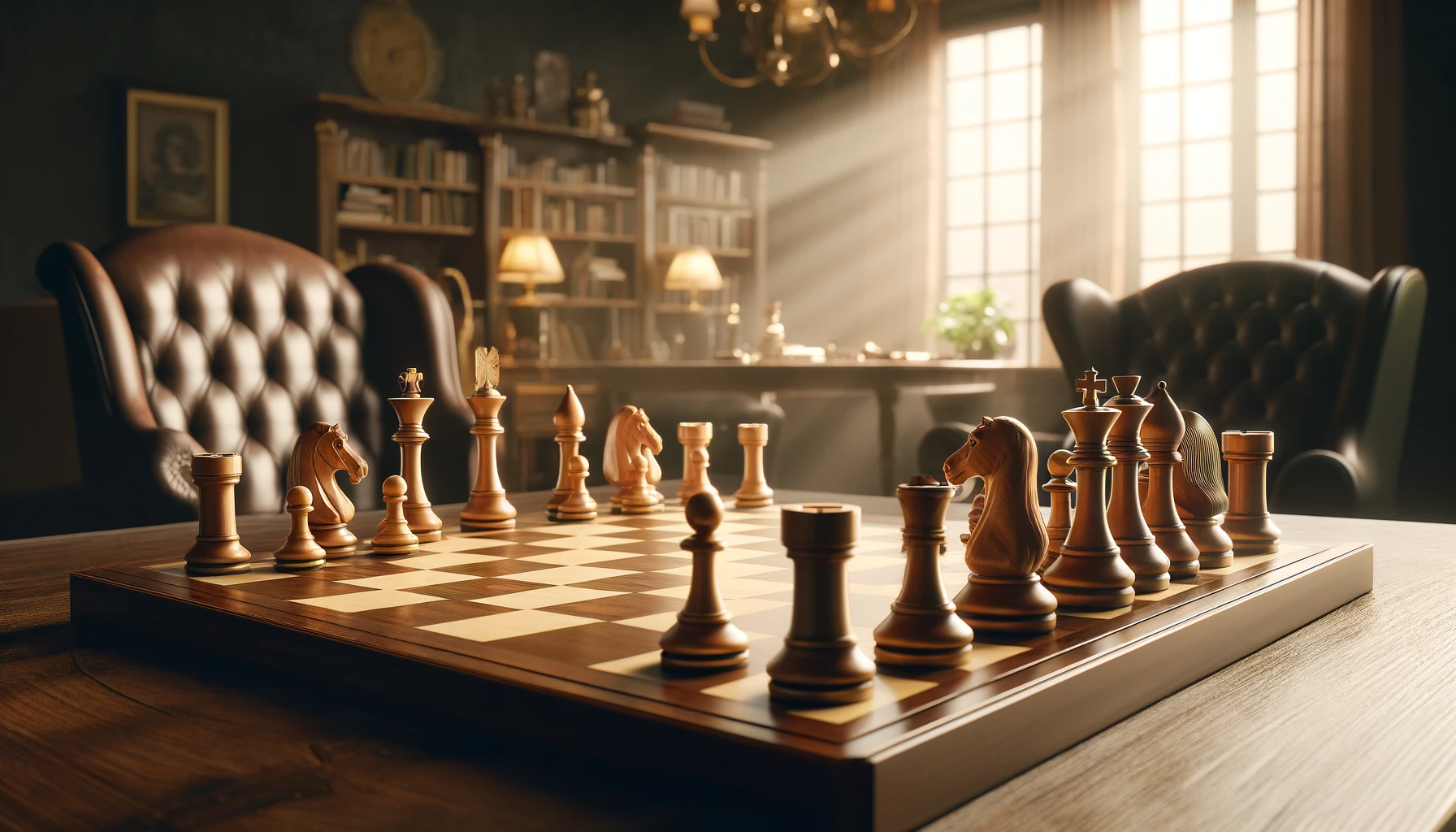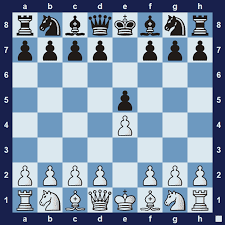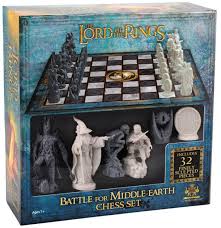The Best Way to Learn Chess: A Comprehensive Guide for Beginners and Beyond
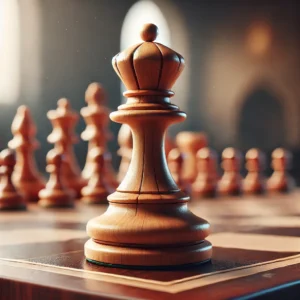
Chess is more than a game—it’s a test of intellect, strategy, and perseverance. Whether you’re new to the game or looking to refine your skills, discovering the best way to learn chess is crucial to making meaningful progress. This guide provides actionable steps, explains why each component of the game is important, and recommends tools and resources to help you on your journey.
Why Learn Chess?
Chess is often called the “game of kings,” and for good reason. It challenges the mind, improves cognitive abilities, and fosters patience and creativity. Here’s why learning chess can be transformative:
- Mental Exercise: Chess enhances memory, problem-solving skills, and logical thinking.
- Global Community: Chess connects millions of players worldwide, offering opportunities to compete, collaborate, and grow.
- Endless Depth: No two games are the same, making chess a lifelong pursuit with unlimited learning potential.
Step-by-Step: The Best Way to Learn Chess
1. Understand the Basics
Mastering the basics is your first step. Without this foundation, advancing to complex strategies is impossible. Here’s what you need to focus on:
- How Each Piece Moves: Each piece has unique movement rules (e.g., pawns move forward but capture diagonally, knights move in an L-shape). Practice these movements with drills like targeting specific squares or capturing certain pieces.
- The Objective of the Game: Learn that the ultimate goal is to checkmate the opponent’s king while protecting your own.
- Special Rules: Understand castling, en passant, and pawn promotion.
Why It’s Important: Without understanding the rules, even the best strategies will fail. The basics create a roadmap for all future learning.
How to Learn It:
- Interactive Tools: Platforms like Chess.com and Lichess.org offer free beginner tutorials with visuals and quizzes.
- Books: “Chess Fundamentals” by José Raúl Capablanca is a great resource for understanding the rules and basics.
2. Master Basic Strategies
Basic strategies help you avoid common mistakes and create a strong position on the board. These strategies include:
- Controlling the Center: The central squares (e4, e5, d4, d5) provide your pieces with the most mobility and influence.
- Developing Pieces Early: Focus on activating your knights and bishops before moving pawns unnecessarily.
- King Safety: Castle as soon as possible to protect your king and connect your rooks.
Why It’s Important: A solid strategy prevents early blunders and sets the stage for a strong middle game. Poor early decisions often lead to quick defeats.

How to Learn It:
- Tactics Trainers: Use platforms like Chessable.com to practice specific strategies and openings.
- Analyze Games: Study beginner-friendly games with annotated explanations, such as those in “Logical Chess: Move by Move” by Irving Chernev.
3. Practice Regularly
Consistent practice is the backbone of improvement. Here’s how to make the most of your practice sessions:
- Play Against Humans and Bots: Alternate between playing online against real opponents and practicing against AI. Adjust difficulty levels to challenge yourself.
- Set Goals: For example, aim to win a game using a specific opening or solve 10 puzzles each day.
- Track Progress: Keep a journal of your games, noting key takeaways and lessons learned.
Why It’s Important: Practice builds intuition and helps you recognize patterns, which is essential for faster decision-making during games.
How to Learn It:
- Apps and Platforms: Use Chess.com or Lichess.org for regular gameplay.
- Puzzles: Solve tactical puzzles daily to sharpen your problem-solving skills.
4. Learn from the Experts
Grandmasters are the best teachers, offering insights into strategy, tactics, and mindset. Watching their games helps you think like a professional player.
- Study Famous Matches: Review iconic games like Garry Kasparov’s “The Game of the Century” or Bobby Fischer’s “Immortal Game.”
- Watch Tutorials: YouTube channels like GothamChess and Agadmator provide detailed game analyses for all skill levels.
- Read Annotated Games: Books like “My Great Predecessors” by Garry Kasparov offer in-depth insights into grandmaster-level play.
Why It’s Important: Learning from experts exposes you to advanced ideas and inspires creativity in your own games.
How to Learn It:
- Dedicate time each week to watch or analyze one classic game.
- Use online chess databases to replay and understand the moves of top players.
5. Focus on Openings, Middle Game, and Endgame
Openings
The opening sets the tone for the game. Focus on simple and effective openings that don’t require extensive memorization.
- For White: Openings like the Ruy-Lopez and Queen’s Gambit provide strong positions with minimal risks.
- For Black: The Sicilian Defense and Caro-Kann Defense are excellent responses to e4.
How to Master It:
- Drills: Practice your chosen openings repeatedly until they become second nature.
- Books: “Starting Out: 1 e4!” by Neil McDonald is a beginner-friendly guide to openings.
Middle Game
The middle game is where strategy meets tactics. Develop plans based on your opening and adapt to your opponent’s moves.
- Key Skills: Focus on piece activity, king safety, and controlling critical squares.
- Tactics: Learn patterns like forks, pins, skewers, and discovered attacks.
How to Master It:
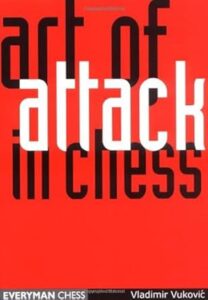
- Use tactical trainers like Chess.com’s Puzzle Rush.
- Study “The Art of Attack in Chess” by Vladimir Vukovic to improve your attacking skills.
Endgame
The endgame is about converting advantages into wins. Learn fundamental techniques like king and pawn opposition, pawn promotion, and rook endgames.
How to Master It:
- Practice key positions using endgame simulators.
- Study “Silman’s Complete Endgame Course” by Jeremy Silman for detailed guidance.
Why It’s Important: A strong endgame ensures that you capitalize on advantages and avoid unnecessary draws or losses.
6. Join a Chess Community
Chess communities offer support, motivation, and opportunities to learn from others. Engaging with other players keeps you accountable and inspired.
- Online Communities: Join forums like r/chess on Reddit or participate in Facebook chess groups.
- Local Clubs: Play over-the-board games with stronger opponents to improve your skills.
Why It’s Important: Learning in a social environment accelerates growth by exposing you to diverse styles of play and constructive feedback.
7. Take Online Lessons or Join a Chess Academy
Investing in structured lessons can significantly shorten your learning curve. Choose platforms that match your skill level and learning style.
Top Platforms:
- Chess.com Premium: Offers exclusive lessons and puzzles tailored to your level.
- MasterClass: Garry Kasparov’s chess course is ideal for players seeking grandmaster-level insights.
- Chessable: Uses spaced repetition to help you remember openings and tactics.
Why It’s Important: Personalized instruction ensures that you focus on areas where you need the most improvement.
Common Mistakes to Avoid
- Overemphasizing Openings: Openings are important, but don’t neglect tactics and endgames.
- Skipping Game Reviews: Failing to analyze your games means missing valuable learning opportunities.
- Relying Too Much on Computers: Use engines for guidance but develop your own critical thinking skills.
Affiliate Recommendations: Best Resources to Learn Chess
-
Chess.com Premium Membership
- Features: Unlimited puzzles, game analysis, and exclusive lessons.
- Sign up for Chess.com Premium.
-
MasterClass: Garry Kasparov Teaches Chess (above)
- Features: Learn directly from a world champion.
- Enroll in Garry Kasparov’s MasterClass.
-
Chessable.com Courses
- Features: Interactive lessons on openings, tactics, and endgames.
- Explore Chessable Courses.
Conclusion: The Best Way to Learn Chess
Learning chess is a rewarding journey that combines fun, strategy, and growth. The best way to learn is through structured study, regular practice, and leveraging high-quality resources. By mastering the basics, refining strategies, and using tools like Chess.com and Chessable, you’ll be well-equipped to improve your game.
Remember, chess is a lifelong pursuit. Embrace the process, and let every game bring you closer to mastery. Start your journey today and make your move!
